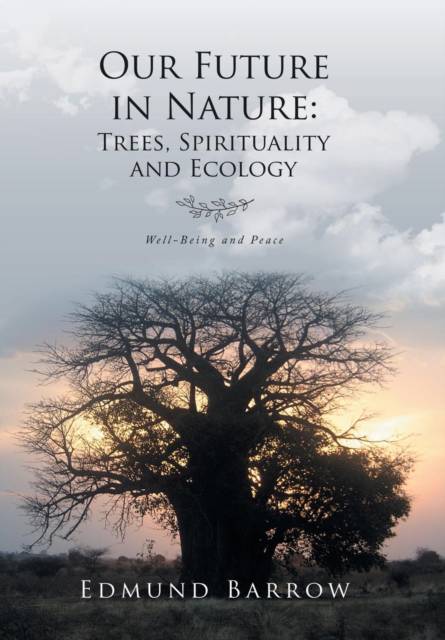
- Afhalen na 1 uur in een winkel met voorraad
- Gratis thuislevering in België vanaf € 30
- Ruim aanbod met 7 miljoen producten
- Afhalen na 1 uur in een winkel met voorraad
- Gratis thuislevering in België vanaf € 30
- Ruim aanbod met 7 miljoen producten
Zoeken
€ 57,95
+ 115 punten
Uitvoering
Omschrijving
Who has not felt a sense of awe, silence, stillness, and presence in an ancient woodland or forest or in front of a sacred tree? Humankind has held trees and woodlands in awe and reverence since the dawn of time. We depend on nature for the air we breathe, the water we drink, and the services nature provides. This book is about the importance of sacred trees and groves in our stress-filled and increasingly urban world. (Note that over 50 percent of the world is urban.) Sacred trees and sacred groves transcend race, color, and creed. They are found all over our fragile planet. Where there is a tree, there is a sacred tree. This book will appeal to religious and spiritual traditions as well as to conservation and environmental movements. It will offer its reader means to take better care of our only home-planet Earth. Often undervalued, unrecognized, or disrespected, sacred trees and groves are conserved against mind-boggling pressures. For example, there is a sacred fig tree between two shops in one of the main streets in Hanoi, Vietnam. There is also a one-hectare sacred grove in the center of Kumasi, a city of 2.5 million people in Ghana; the over 150,000 sacred groves in India; and the sacred hill forests of every village in Yunnan, South China. Sacred trees and groves often conserve unique biodiversity, which can help create or recreate connectivity in the landscape. As such, sacred trees and groves may be relic survivors of bygone ages and are an important resource for restoring degraded natural landscapes. This book offers ways for those involved with religion and spirituality and for those working with conservation and land use to jointly engage in repairing the damage we have done to Earth.
Specificaties
Betrokkenen
- Auteur(s):
- Uitgeverij:
Inhoud
- Aantal bladzijden:
- 362
- Taal:
- Engels
Eigenschappen
- Productcode (EAN):
- 9781982226640
- Verschijningsdatum:
- 21/05/2019
- Uitvoering:
- Hardcover
- Formaat:
- Genaaid
- Afmetingen:
- 152 mm x 229 mm
- Gewicht:
- 684 g

Alleen bij Standaard Boekhandel
+ 115 punten op je klantenkaart van Standaard Boekhandel
Beoordelingen
We publiceren alleen reviews die voldoen aan de voorwaarden voor reviews. Bekijk onze voorwaarden voor reviews.











